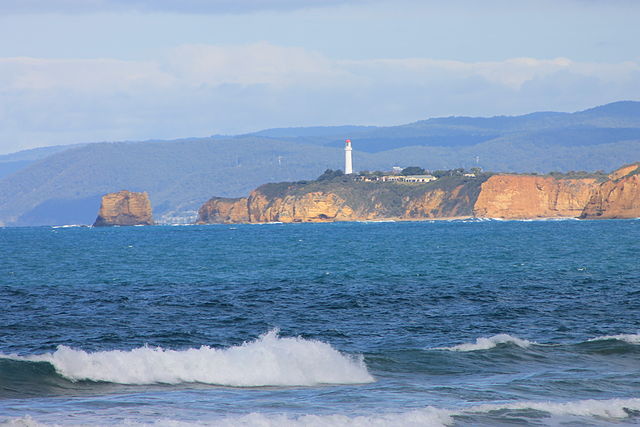Epacris impressa, also known as common heath, is a species of plant in the heath family Ericaceae. It is native to south-eastern Australia. French botanist Jacques Labillardière collected the species in 1793 and described it in 1805. Four forms have been identified, but no subspecies are recognised. Growing in heathland, shrubland or open forest, it is generally a small shrub around 0.5 to 1 m tall, with small stiff leaves. The red, pink or white tube-like flowers appear from late autumn to early spring. Honeyeater birds, particularly the eastern spinebill, feed upon the nectar of the flowers. It regenerates after bushfire by seed or by resprouting.
Epacris impressa
Erect habit, Belgrave South, Victoria
White-flowering form, southern Victoria
Pink-flowering form, Tasmania
Victoria is a state in southeastern Australia. It is the second-smallest state, with a land area of 227,444 km2 (87,817 sq mi); the second-most-populated state, with a population of over 6.7 million; and the most densely populated state in Australia. Victoria is bordered by New South Wales to the north and South Australia to the west and is bounded by the Bass Strait to the south, the Great Australian Bight portion of the Southern Ocean to the southwest, and the Tasman Sea to the southeast. The state encompasses a range of climates and geographical features from its temperate coastal and central regions to the Victorian Alps in the northeast and the semi-arid northwest.
Swearing Allegiance to the Southern Cross at the Eureka Stockade on 1 December 1854 – watercolour by Charles Doudiet
Island Archway on the Great Ocean Road in Victoria, Australia
Aireys Inlet
Greater Melbourne at night from the International Space Station








